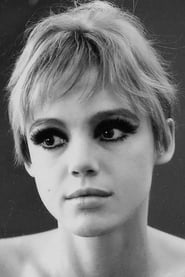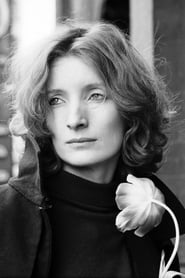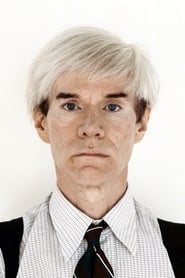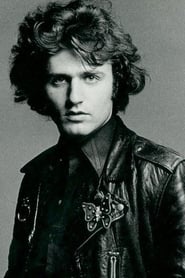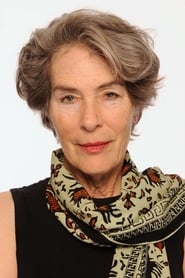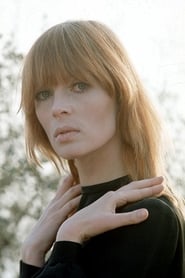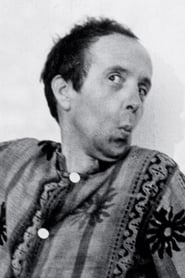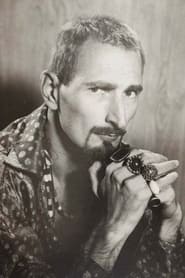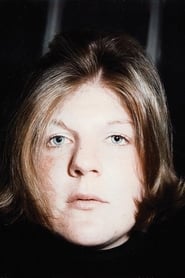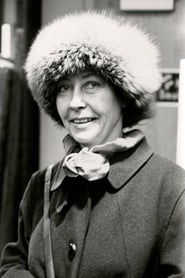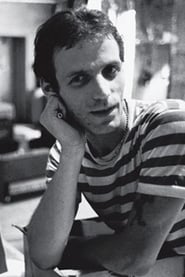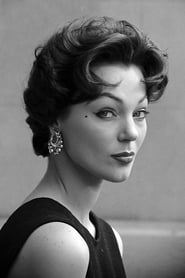The best Ondine’s movies
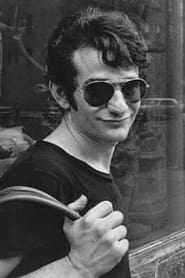
Today we present the best Ondine’s movies. If you are a great movie fan, you will surely know most of them, but we hope to discover a movie that you have not yet seen … and that you love! Let’s go there with the best Ondine’s movies.
Silent Night, Bloody Night
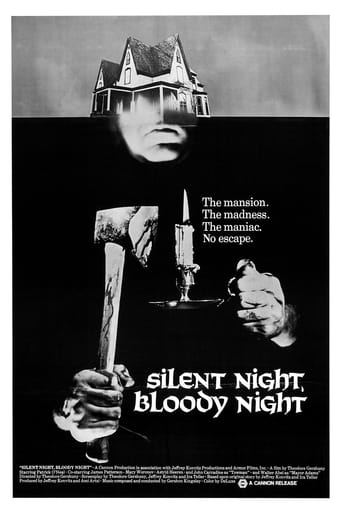
5.2/10
On Christmas Eve 1950, Wilfred Butler dies in a burning accident outside his mansion in East Willard, Massachusetts. The residence is bequeathed to his grandson, Jeffrey. Twenty years later, lawyer John Carter arrives in East Willard on Christmas Eve with his assistant and mistress Ingrid, having been charged by Jeffrey (now registered as a patient in a mental asylum) to sell the house. The house, the town, even Jeffrey himself-- all hold dark secrets that will be brought to light.
Sugar Cookies
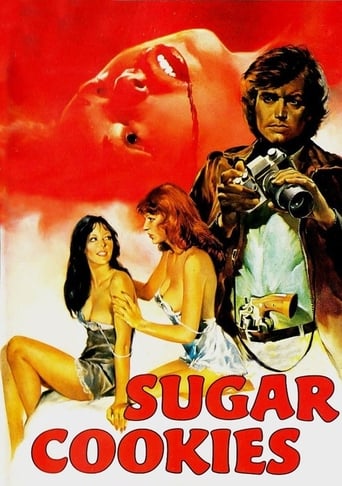
5.3/10
A film producer murders his star actress during an erotic "game" and makes it look like suicide. The dead girl's lesbian lover discovers what happened, and plots her revenge.
Vinyl
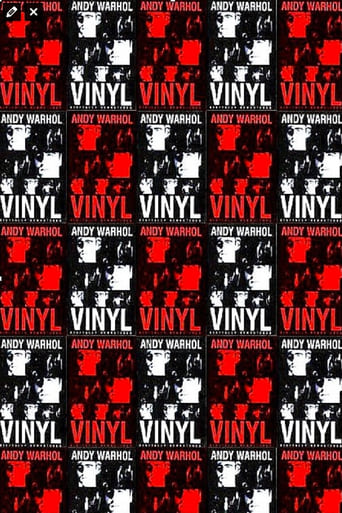
4.2/10
Andy Warhol’s screen adaptation of Burgess's "A Clockwork Orange”.
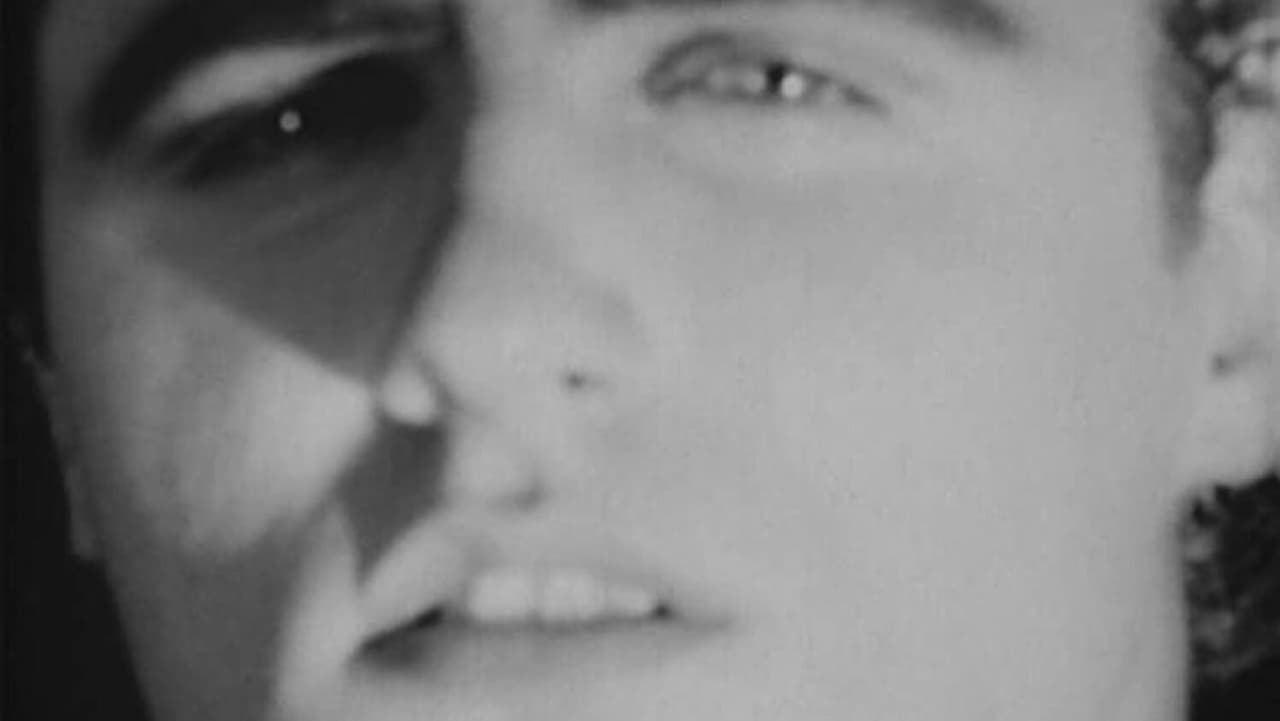
Chelsea Girls
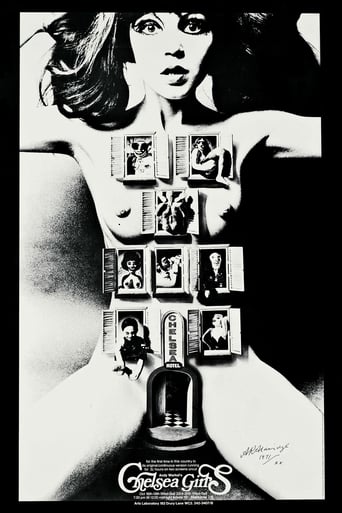
5.7/10
Lacking a formal narrative, Warhol's mammoth film follows various residents of the Chelsea Hotel in 1966 New York City. The film was intended to be screened via dual projector set-up.
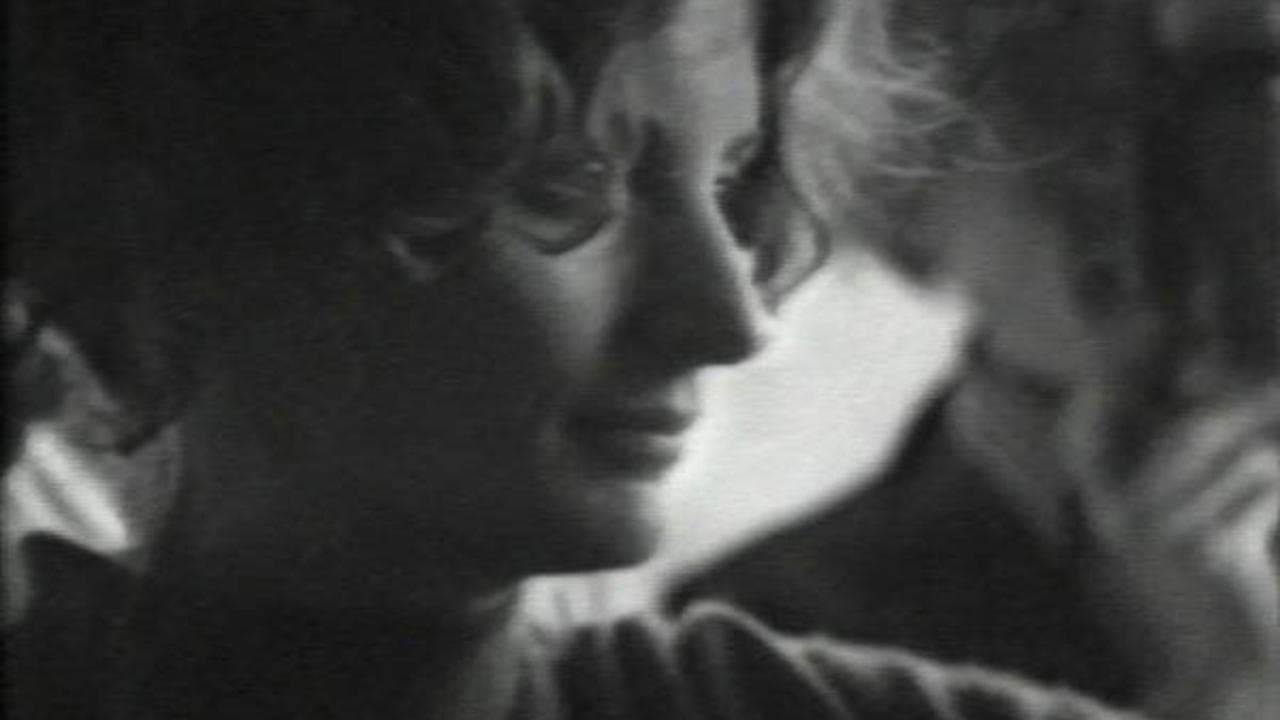
Couch
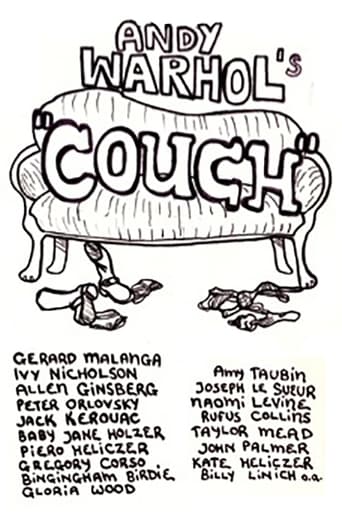
5.6/10
The couch at Andy Warhol's Factory was as famous in its own right as any of his Superstars. In Couch, visitors to the Factory were invited to "perform" on camera, seated on the old couch. Their many acts-both lascivious and mundane-are documented in a film that has come to be regarded as one of the most notorious of Warhol's early works. Across the course of the film we encounter such figures as poets Allen Ginsberg and Gregory Corso, the writer Jack Kerouac, and perennial New York figure Taylor Mead.
The Telephone Book
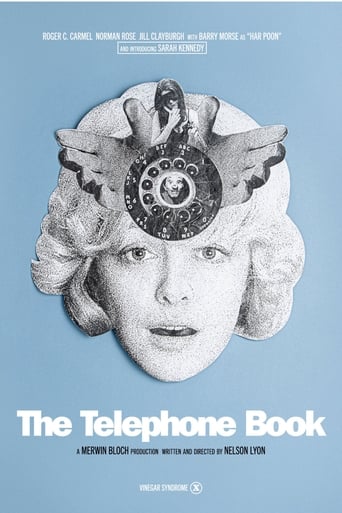
6.6/10
A sexually voracious young woman receives a dirty phone call from a stranger; so satisfied by the experience, she sets out to find him somewhere in New York City.
Andy Warhol
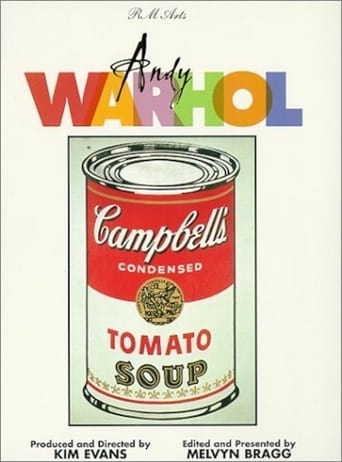
6.6/10
The first major profile of the American Pop Art cult leader after his death in 1987 covers the whole of his life and work through interviews, clips from his films, and conversations with his family and superstar friends. Andy Warhol, the son of poor Czech immigrants, grew up in the industrial slums of Pittsburgh while dreaming of Hollywood stars. He went on to become a star himself.
****
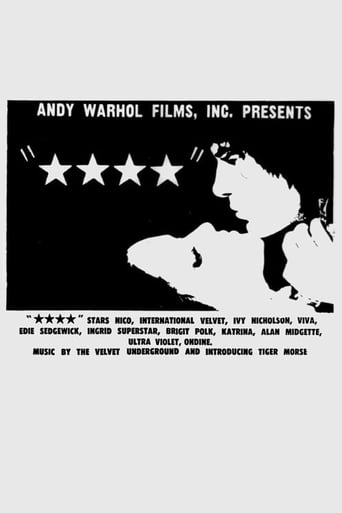
6.3/10
Photographed entirely in color, Four Stars was projected in its complete length of nearly 25 hours (allowing for projection overlap of the 35-minute reels) only once, at the Film-Makers' Cinematheque in the basement of the now-demolished Wurlitzer Building at 125 West 41st Street in New York City. The imagery in the film is dense, wearying and beautiful, but ultimately hard to decipher, for, in contrast to his earlier, and more famous film Chelsea Girls, made in 1966, Warhol directed that two reels be screened simultaneously on top of each other on a single screen, rather than side-by-side.
Cleopatra
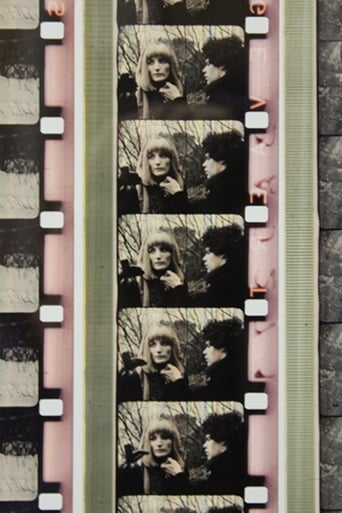
7/10
Cleopatra situates itself in the same relationship to Hollywood as the Warhol/Morrisey films of the period. It corresponds to Joseph Mankiewicz's 1963 Cleopatra, starring Elizabeth Taylor and Richard Burton which Auder's cast watched and used as the starting point for scene by scene improvisation Auder drew his cast from Warhol's ensemble – including not only Viva and Louis Waldon, but also Taylor Mead, Ondine, Andrea Feldman, Gerard Melanga and others.
Andy Warhol Screen Tests
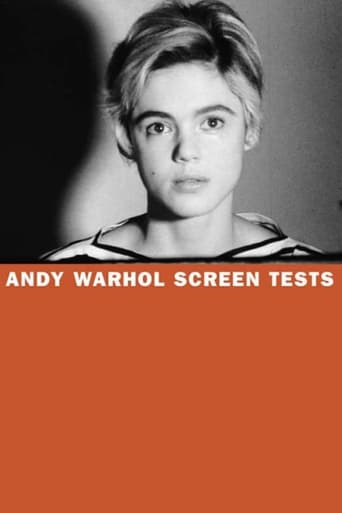
The films were made between 1964 and 1966 at Warhol's Factory studio in New York City. Subjects were captured in stark relief by a strong key light, and filmed by Warhol with his stationary 16mm Bolex camera on silent, black and white, 100-foot rolls of film at 24 frames per second. The resulting two-and-a-half-minute film reels were then screened in 'slow motion' at 16 frames per second.
Imitation of Christ
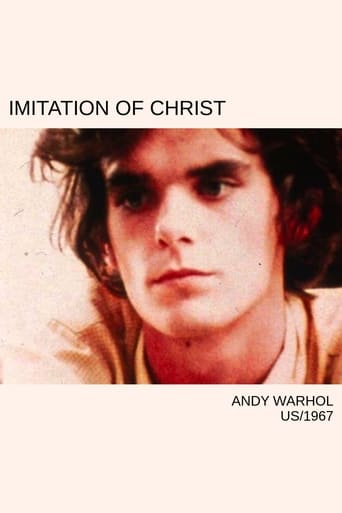
4.2/10
Warhol's Factory visits Los Angeles.
The Loves of Ondine
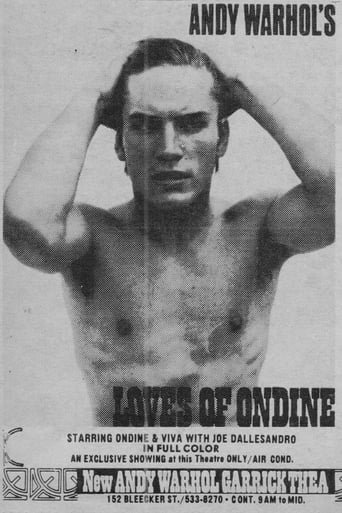
6/10
Ondine is a gay man attempting to re-adjust his sexuality via various encounters with different women. After trying his luck with three women, Ondine becomes a background character in a sequence in which a group of Latin American men, calling themselves The Bananas, engage in a food fight. Ondine then engages in a wrestling match with Joe Dallesandro, who is married to Brigid Berlin.
S.P.Q.R.
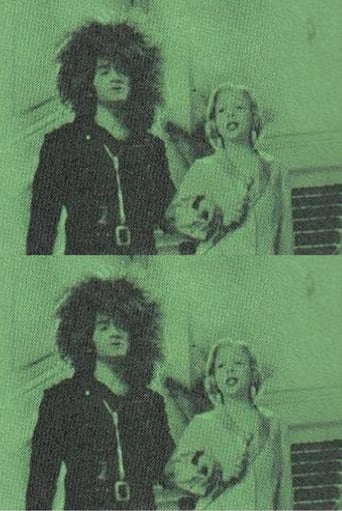
In this movie, director Volker Koch wants to reveal "petty-bourgeois fixations of consciousness and late capitalist myths of happiness". The protagonists: an American hustler, a drama student, a Munich waitress and her boyfriend who hope for money, a career and luck from a trip to Rome together.
Horse
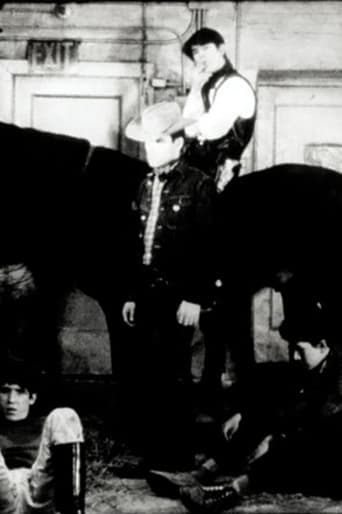
5.1/10
Warhol plunked a horse named Mighty Byrd in the middle of the Factory for this dark, homoerotic take on the classic oater that later anticipates his later western epic Lonesome Cowboys.
Warhol's Cinema 1963-1968: Mirror for the Sixties
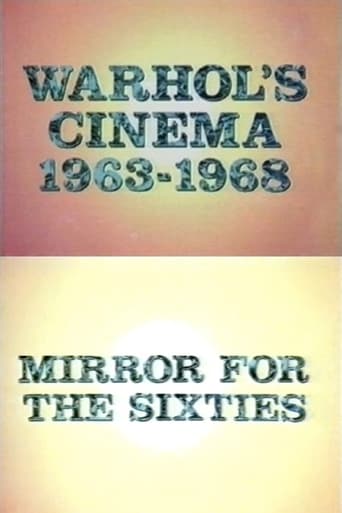
7.1/10
Documentary on Andy Warhol's cinema of the sixties, made for Channel 4 in association with The Factory, MOMA and the Whitney Museum of Art and in collaboration with Simon Field.
Superartist
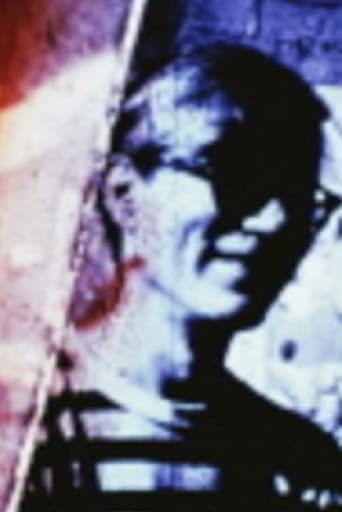
Documentarians Juan Drago and Bruce Torbet follow a surprisingly relaxed and open Andy Warhol, at the peak of his powers in 1965 and 1966, around his bustling original "Factory" in midtown Manhattan. Warhol experiments with an early videotape machine, recording a beautiful, laughing Edie Sedgwick - his "superstar" of the moment - for the video portion of "Outer and Inner Space," his filmed record of the "live" Sedgwick juxtaposed against her video image on an adjacent monitor. Also captured is a Warhol show at the Leo Castelli gallery, including the famous Mylar "Clouds," as various unnamed art dealers and critics muse in voiceover about the meaning and significance of Warhol's work.
Afternoon
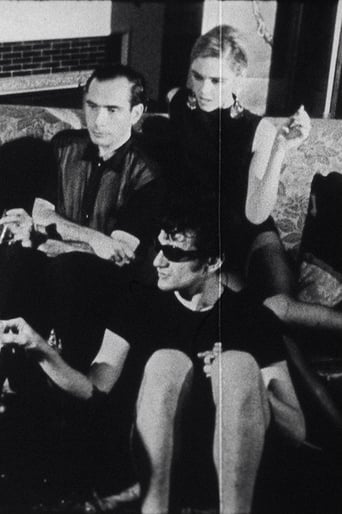
5/10
Edie Sedgwick hanging out at her apartment with Ondine and others in an alcohol and amphetamine–fueled talkfest.
L'amico Fried's Glamorous Friends
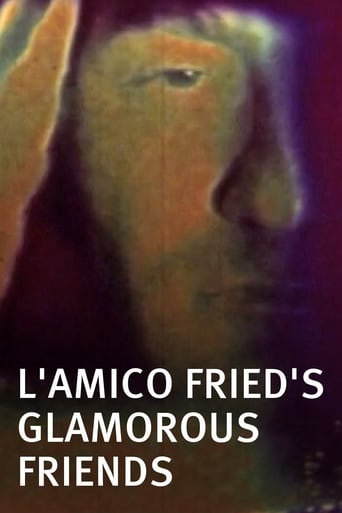
L'AMICO FRIED'S GLAMOROUS FRIENDS "...is built around a pas de deux by Ondine and Sally Dixon... with a quickness of breath and dryness of the throat one is apt to say, 'What is that!' as if peering into some exotic fog. The sometimes lovely and sometimes not beautiful but nearly always exquisite collisions of light and shadow upon the screen which seduces us... And may as likely cause one to squirm in one's seat..." - Carmen Vigil, former Program Director of San Francisco Cinematheque
I Was a Male Yvonne De Carlo
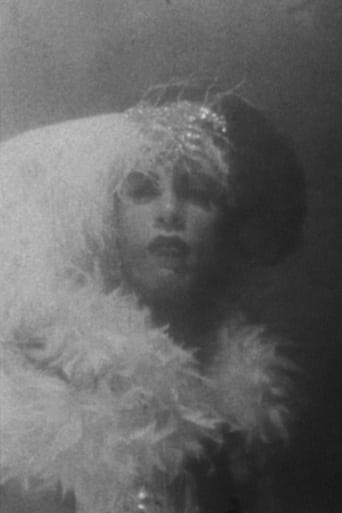
I Was a Male Yvonne De Carlo is one of several films and slide shows that feature Smith as a mock celebrity. It opens with the excerpt from No President originally called "Marsh Gas of Flatulandia" - several minutes of black and white footage of steam escaping from manholes segues to an interior scene of various creatures emerging from dry ice vapors - then shifts to show the filmmaker, clad in a leopard skin jump suit, attended by a nurse as he sits amidst the detritus of his duplex loft. A fan presents him with a black-and-white glamour shot to autograph as Ondine, dressed entirely in black leather, snaps his picture. Violence erupts as the nurse takes out a whip to discipline the star's fans. When a female creature pulls out the same dagger depicted in the glamour shot, Smith jumps up and shakes the weapon from her hand. The action is post-scripted with footage of a steam shovel patrolling the rubble where the Broadway Central hotel once stood.
We’re Getting On (Part I)
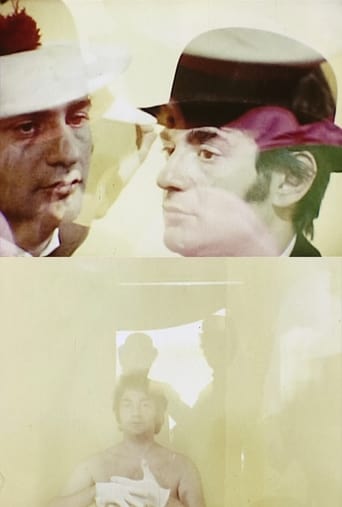
A few basic gestures, deliberately excluding indefinite states in between.
